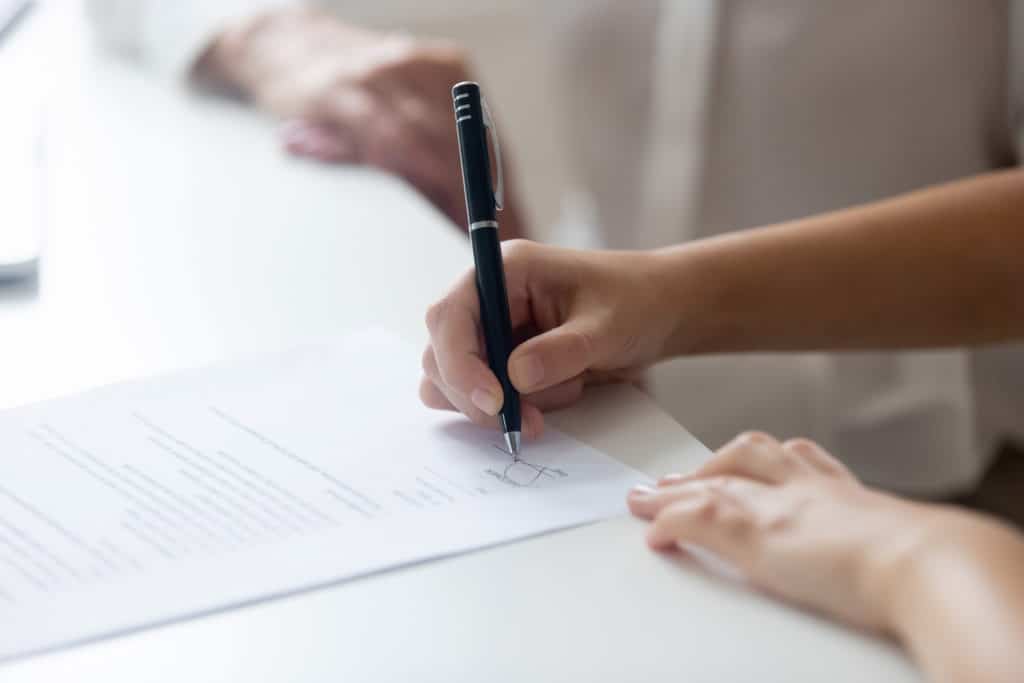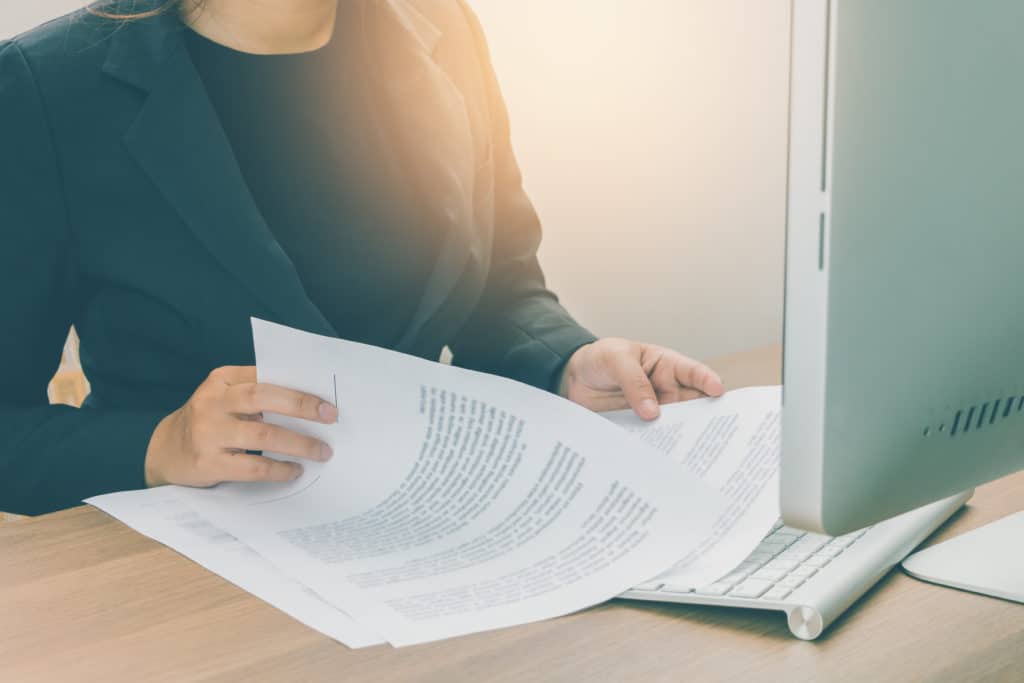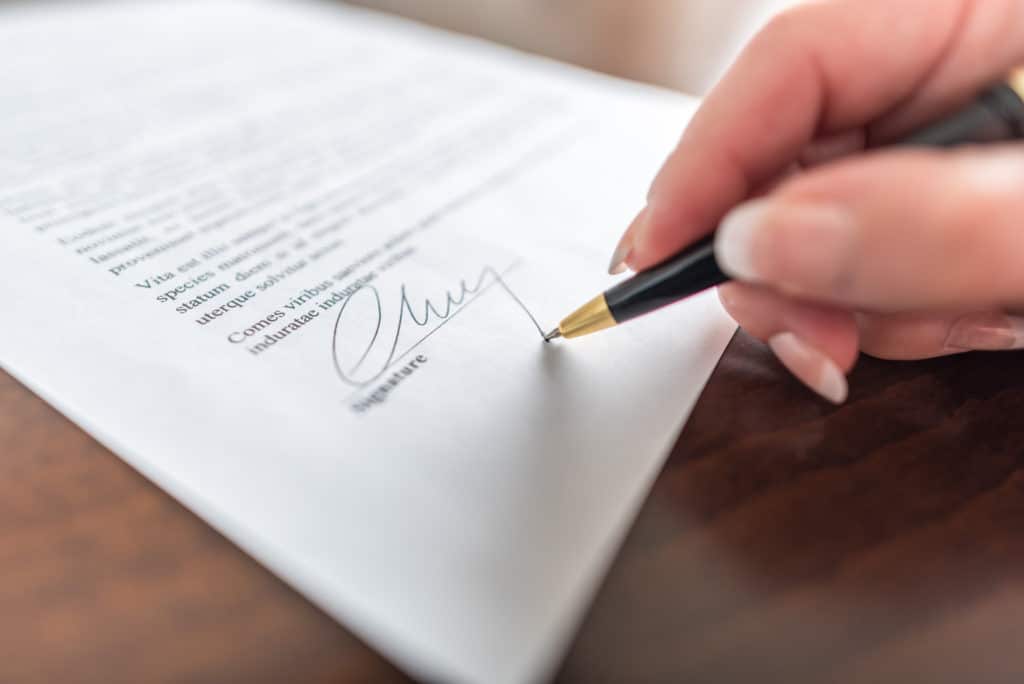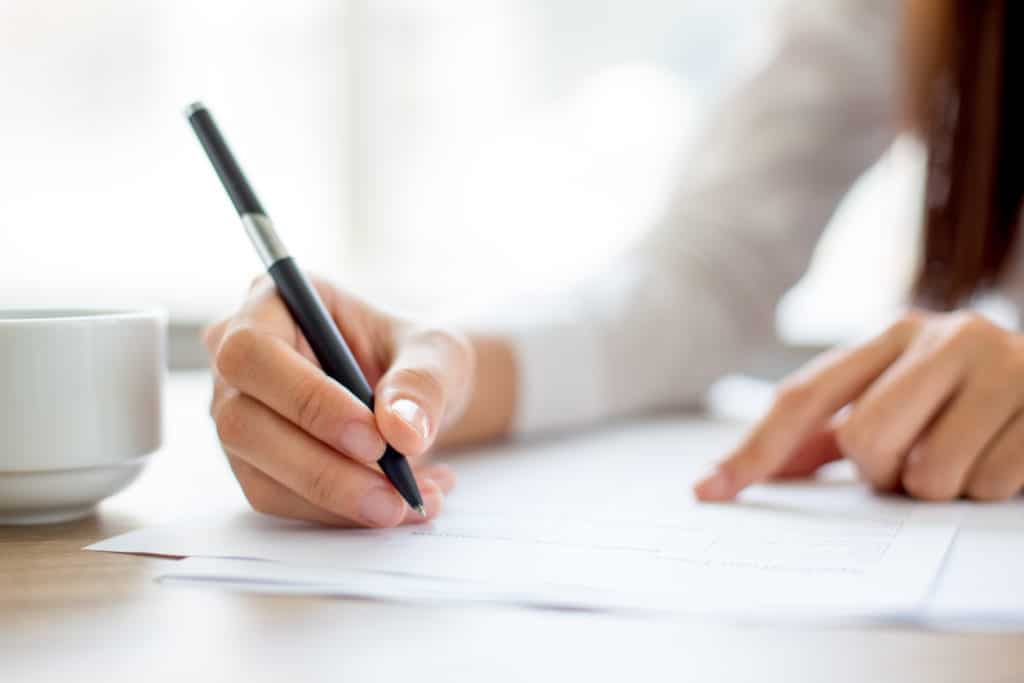As a model, you’re going to potentially come across certain terms or contracts you need to be aware of. Anyone in or related to the field of photography will require a contract at some point during their careers. One such document is the model release form. Privacy laws in the UK are not clear and both models and photographers can find these forms confusing.
Here, we break down the model release form, its purpose, and when you might need one. Remember, this is not legal advice – it’s merely an informative piece to help you understand what and when a model release form may come into play as a model. If in doubt, always get professional legal advice and seek guidance before signing a legal contract.
What is a Model Release Form?
A model release form, also known as a liability waiver, is essentially a document of permission. It allows a photographer the right to use the image for commercial purposes with the model’s consent. It can also be used when the photographer wishes to sell an image they have taken of you to other parties, where it could then be used for commercial use. Put simply, a release form protects your copyright and your profit margin.
A release form works both ways. A model may be thinking about their rights, but a photographer will be thinking about theirs. So the release form is to keep both parties happy and safe.
If a model is young (under the age of 18), then the form must be signed by a parent or legal guardian.
Failure to have a modelling release form when they are required is a big no-no and could come back to bite you. It’s therefore important to establish a release form during, before or immediately after a shoot so everyone knows where they stand.
Currently, there is no industry standard for a modelling release form. However, there are many free photo release form templates that can be found online. A photographer or brand/agency will usually have their own version.

What is a Model Release Form‘s Purpose?
The form’s purpose is to protect models and photographers, and ensure each party knows exactly what the image is being used for. This is important because a model may wish to prevent their images being used to promote things they don’t necessarily agree with or want their image associated with – for example, sex, drugs\alcohol, violence or political stances.
The contract will also specify any details of remuneration. Photos used for commercial purposes tend to make a lot more money, and it’s only fair that the model gets their fair cut if a brand makes money using their face and image.
This works the other way, too. Imagine you are a model who has posed for some photos with a photographer. You then take these photos and use them to market yourself, or your brand, earning you lots of money. Without a model release contract, the photographer loses out on any money they could have made from the model’s usage of their photos. So the release form it to protect both people, not just the model.
Each party of the contract must abide by the terms of the release. This helps prevent potential disputes later down the line.
Both parties should have a copy of the contract.
When Might a Model Release Form Be Used?
A model release form is generally used when a model takes up, or is the main feature of, a photo.
A model who is signed to an agency will not have to worry about release forms as much because their agency can help guide and advise them. The release statement will likely be contained within the main legal contract that is present for each job. A model should always make sure to read this document properly before signing it, no matter how trustworthy the brand/photographer is and no matter how long the model has been in the industry.
A freelance model must pay particular attention to the terms and conditions of a contract to ensure each part of the document is fully understood and agreed to. Remember to read the fine print as sneaky clauses can be added here without the model’s knowledge.
A model should never feel nervous or intimidated about asking for a release form, or to view their release form. They should also not feel rushed to sign it before reading it thoroughly. If a photographer or brand tries to rush a model through reading a legal document, this is a big red flag and a model should proceed with caution. A model should also feel comfortable and confident adding additional clauses to the release form to protect themselves and their image.

What Are “Commercial Purposes“?
“Commercial purposes” relates to anything that is used to promote sales, or make money for, a company.
That covers a very large area. Photos used on mugs to promote a brand’s services can be considered commercial, as can more obvious advertisements that are seen online.
In general, photos used in advertisements, marketing materials and commercials make a lot more money for everyone involved compared to editorial shots for magazines. A model can be paid outright for participating in a shoot, but if an image from that shoot gets used commercially and ends up making the company thousands or even hundreds of thousands of pounds, it’s only fair that the model gets a cut of that. That’s why a model release form usually specifies any future payments.
Remember – a photographer will usually sell a photograph, but occassionally they may give it away for free. You are entitled to a release form either way if the photographer is giving the photo away where it may be used by brands or affiliated with companies that may use it for commercial reasons.
How Do I Know if I Need a Model Release Form?
Ask yourself the following questions:
1. Is the person in the photo recognizable to anyone? (The answer to this question is usually yes if a person features in a photo). If no, you do NOT need a release.
2. Is the photo to be used in an advertisement? If yes, you need a release.
3. Is the photo to be used for commercial purposes for a business (this includes things like brochures, posters, online ads, the website etc). If yes, you need a release.

What if There is More Than One Person in the Photo?
If there is more than one model visible and recognisable in the shot, there will need to be release forms for each individual model if the photo is to be used for trading or commercial purposes.
What Does a Model Release Form Look Like?
Each document will look slightly different because there is no set standard for one. However, most photo release forms look something like this:
– A paragraph explaining who the photographer is and who the model is in question, as well as any agency information required.
– A paragraph explaining what is involved in the consent agreement. This may include where and how the image can be used, whether and how the image can be altered, and who has the rights to the photographs (this is usually the photographer).
– There will be space left on the document for the model to fill in. This will include personal information like the model’s contact information, their date of birth, their current address etc.
– Photoshoot information including the time, date and location of the shoot will be included.
– The contract will include the model’s signature as well as the photographers, as well as the printed version of both names for legibility.
– If the model is under 18, there will be a section for the legal guardian‘s information and signature.
2 witnesses are usually required to also sign the form.

Can The Model’s Kit Help?
With over 15+ years of experience in the modelling industry, The Model’s Kit can offer further advice and guidance for working models. However, it is always recommended that you seek the help of a legal professional if you have specific concerns.
You should always make sure you understand each aspect of a contract before signing it. Once it’s signed, you can’t go back – so take the time to read through and understand it. Don’t be afraid to ask for clarification. Get a parent or trusted friend to read the document, too – a fresh pair of eyes may help to spot something you may have missed.
Click HERE for an example of a model release form.

